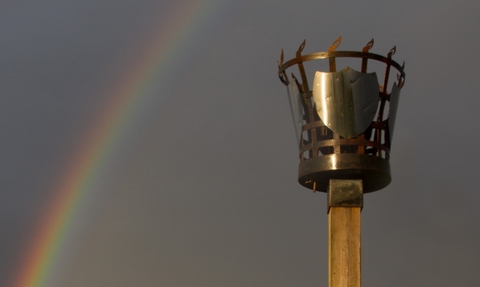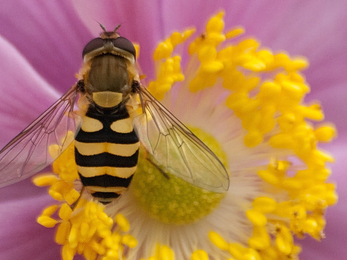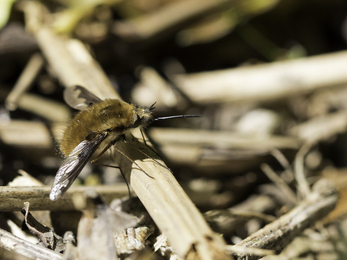
Spot the invaders
The beacon at Robinswood Hill was important because it provided an early warning sign of invaders travelling up the River Severn.
Beacons were like giant candles that could be seen from far away, often on hill tops. Before telephones, beacons were the quickest way to warn the country of a threat, and provide time for soldiers to get ready to defend. The Robinswood Hill beacon could be seen from other nearby beacons, such as the one that would have been lit on the Malvern Hills. Beacons were used to warn the English of the Spanish Armada that invaded in 1588.
In 2000, Robinswood Hill had a new beacon installed on top of the Hill, and it has been lit for various occasions including the Queen’s 90th birthday. Due to bad weather in 2020, the beacon snapped at the base. Gloucester City Council plan to replace the beacon.
Animal warning signs
Warning signs and sounds are not just used by humans, animals also use them to protect themselves. For example, bumblebees, honeybees and wasps have bright colours and stripes to warn others that they may sting when they feel in danger. These warning colours have also been adopted by other animals that do not have stings, such as bee flies and hoverflies, as a clever way to protect themselves.
Bird calls
Birds have warning calls that let others around them know of a potential danger, such as a predator. You can listen to a Robin alarm call here.
A really good way to learn about your native birds is by listening to their bird calls - you can find recordings of common birds that may visit your garden at the Wildlife Trust how to identify bird song page.
If you've enjoyed the trail, why not come along to one of our events.
Or take action to help wildlife around your own home or community.


